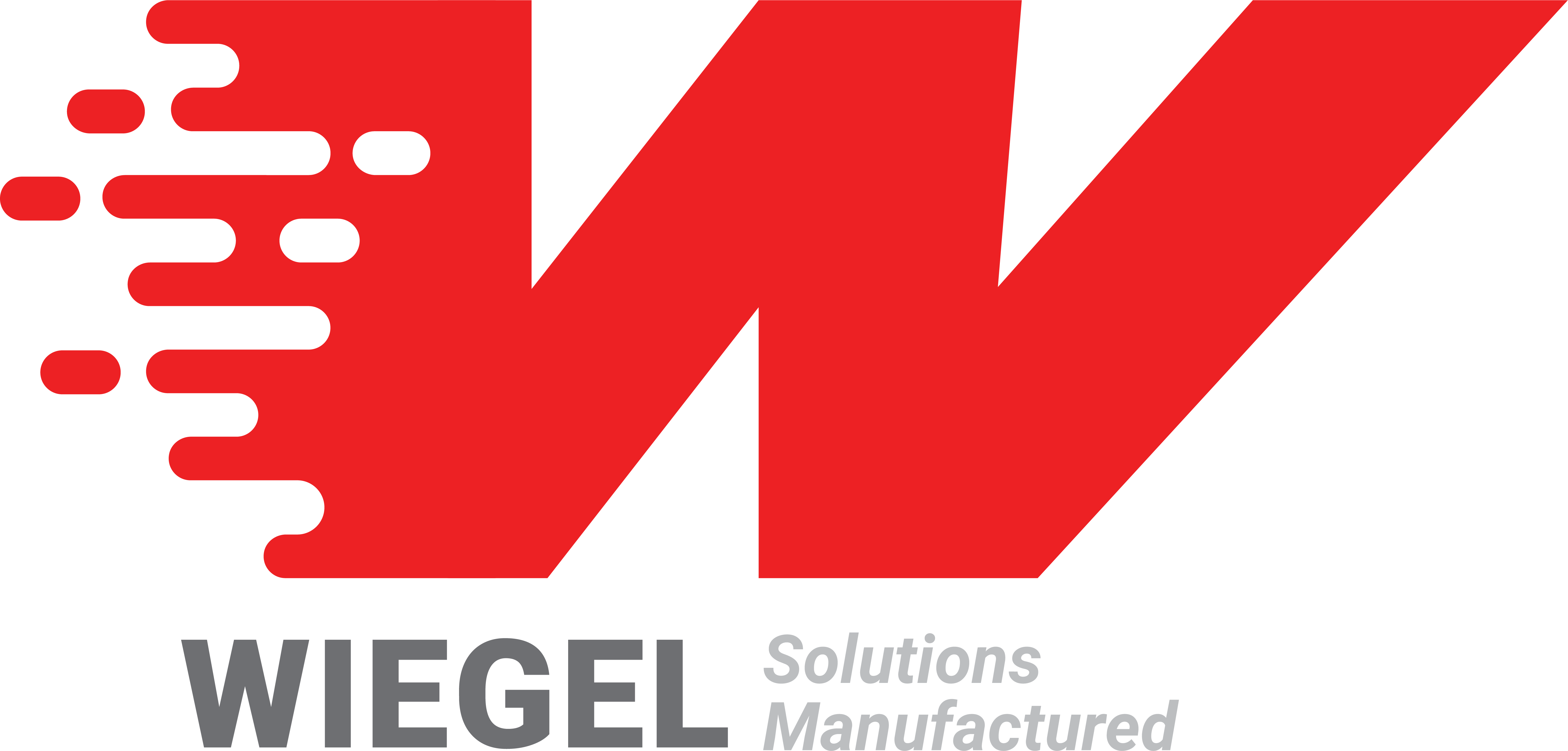In search of a new metal stamping source to produce flawless precision parts, and insert molding company came to market with a prototype concept for a new visionary hybrid electric vehicle (HEV). The insert molder was seeking assistance in producing parts for their customer’s battery and engine module concept. The concept was a motor that could run on a high-amperage lithium battery and a gasoline engine that would function as an alternative to powering the battery when energy runs out. The insert molder needed prototyping of 20 metal busbars that would operate as the electrical connections for the battery and engine module. To do this, they required a world-class supplier to engineer and produce effective, error-free parts and integrate them with their overmolding process. After being turned away time and time again by metal stampers who couldn’t help when approached with this idea, they came across Wiegel who was very well qualified and capable of producing the parts for the unique concept.
Challenge:
All the busbars in this production request were designed with dissimilar thicknesses, required gold plated features, and needed to be integrated into an overmold process to produce a final assembly. These design requirements presented Wiegel's engineers with several unique challenges: (1) producing parts to print uncovered several feasibility issues with the design and would require timely and costly downtime, (2) the material costs for various part thicknesses were considerably high, (3) the involvement of an additional tier partner would be required to apply selective plating and (4) complex tooling was required to produce the parts and integrate with their customer’s overmold process. With their qualified team of engineers, toolmakers, and production experts, Wiegel was able to tackle these challenges, make appropriate suggestions for the design considerations and find a solid solution for an idea that seemed nearly impossible for competing suppliers.
Solution:
The first design consideration –
The base material of the busbars was required to be 1 mm thick; however, a few busbars needed to be as thick as 4 mm to pull and transfer more electricity throughout the module. Additionally, all the busbars needed to be as thin as 0.63 mm for the connectors and the universal plug to join.
Wiegel suggested combining two selected materials with different thicknesses together instead of using one base material to meet the requirement of producing the thickest busbar at 4 mm. They also identified using a coining technique in the stamping process that would help to thin the material down from 1 mm to 0.63 mm thick on all the parts where the electrical connectors and the universal plug would make the connection. This solution sustained the appropriate conductivity required for the program, allowed the proper connection between the busbars and universal plug, and the new selected materials dropped the overall material cost tremendously. The new material combination also yielded a more suitable temper, allowing for greater strength, bendability, and formability during the stamping process.
The second design consideration –
The busbars required selective gold plating.
In cooperation with one of their top electroplating sources, Wiegel identified that gold plating only the tips of the parts would reduce the amount of gold usage and would maintain enough conductivity for the electrical connection. The limited gold application yielded additional cost savings for prototype and serial production of the parts.
The third design consideration –
The busbars were required to fit securely into a plastic overmold.
After understanding the desired function and design of their customer’s final working assembly, Wiegel engineers were able to design and produce specific part features and a custom in-line tool and die with overmold process considerations in mind. Wiegel conformed the stamping process to comply with their customer’s secondary overmold process and built a versatile tool that could run in both Wiegel’s and their customer’s in-line manufacturing operations. Wiegel also designed special locking mechanisms on the parts to firmly adhere to the plastic over mold and produced the parts with the required hardware. Wiegel worked diligently with their customer to test the feasibility and ensure production from both ends of the process worked collectively to produce the complete assembly successfully.



